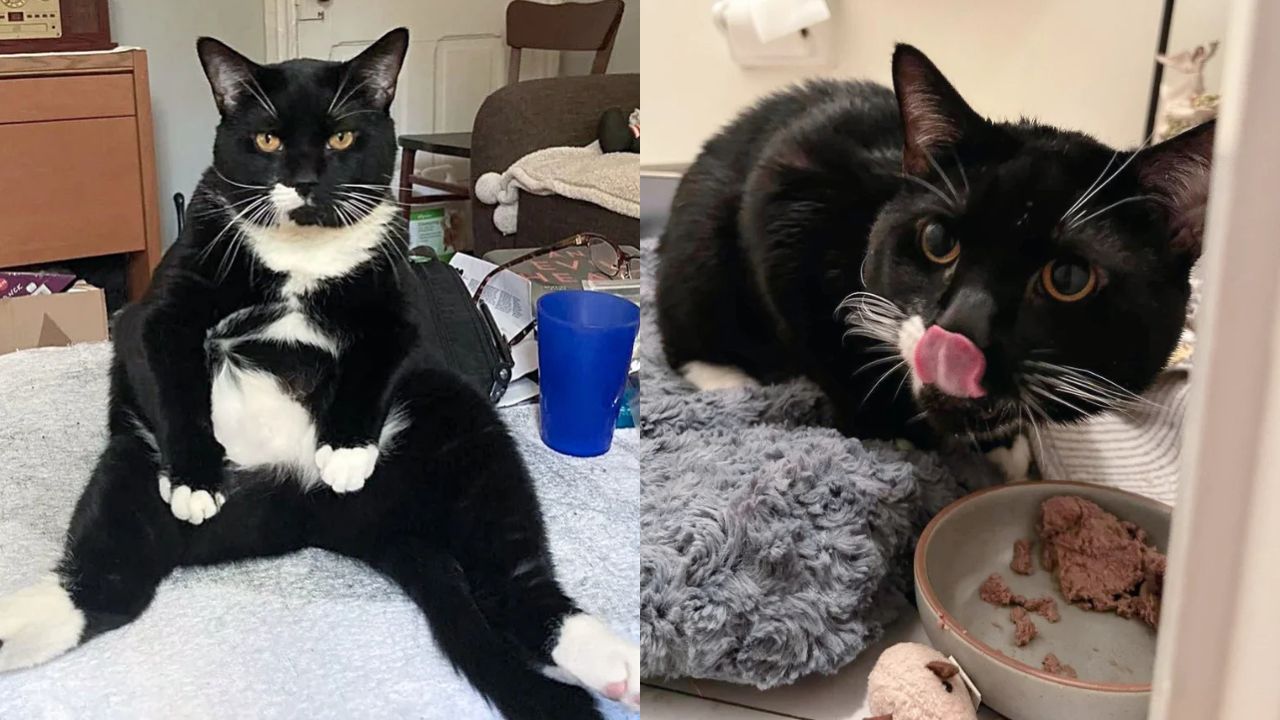
A farmer discovered four tiny “kittens” nestled in a corner of his barn and quickly realized they weren’t ordinary house cats. Concerned for their safety and unsure how to help, he brought them inside, kept them warm, and began looking for expert guidance so the little ones would have a real chance to survive and return to the wild one day.

The discovery happened in Russia, where the farmer spotted the litter alone with no sign of a mother returning. With their eyes still shut and their tiny bodies vulnerable to the elements, leaving them in the barn wasn’t an option. He contacted the Daursky Nature Reserve, hoping specialists could identify the kittens and provide the care they desperately needed.
Rescuers quickly noticed that these babies didn’t look like domestic cats at all. In fact, they were Pallas’s cats—also known as Manuls—small, rare wild felines native to Central Asia. Though similar in size to house cats (growing up to about 60 cm and roughly six pounds), they have stockier builds, plush coats for harsh climates, and distinct facial features that set them apart from domestic breeds.

Two domestic cats at the rescue help care for the wild cat babies.
Daursky Nature Reserve
Because orphaned wild kittens need frequent feeding and warmth—ideally from a mother—the team introduced them to two gentle house cats at the rescue center. To everyone’s relief, the domestic cats immediately accepted the Manul kittens, providing milk, grooming, and comfort. This surrogate care dramatically improved the babies’ odds of survival while minimizing stress during their earliest days.

With the surrogate moms on board, caretakers focused on a rehabilitation plan tailored to Pallas’s cats: balanced nutrition, limited human interaction to preserve wild instincts, and gradual preparation for release. The goal from day one was clear—raise them healthy and strong, then return them to their native habitat when they were ready.

Manuls have several striking traits—dense fur, shorter legs, and uniquely round pupils—that help them thrive in cold, open landscapes. They’re also famously expressive, their faces often appearing wide-eyed or grumpy in photos, which belies their stealthy, solitary lifestyles in the wild.

After weeks of careful care, the juveniles were gradually reintroduced to the outdoors. When the time came, the team escorted them back to suitable terrain within their natural range. Saying goodbye wasn’t easy, but it was exactly what the rescue had worked toward—wild cats returning to the wild.

Released into their native habitat, the four Manuls adapted well and began thriving on their own. The successful rescue underscores how timely intervention, expert support, and even the help of kind domestic cats can make all the difference for orphaned wildlife.

Share this story with fellow animal lovers and advocates of wildlife conservation. (h/t: Bored Panda, Cats, Beavers & Ducks)







